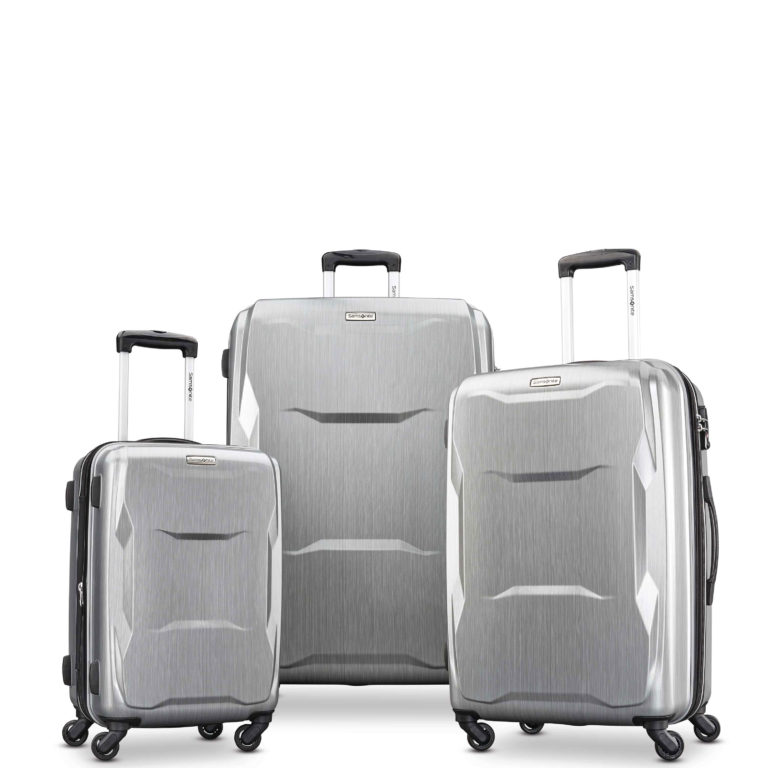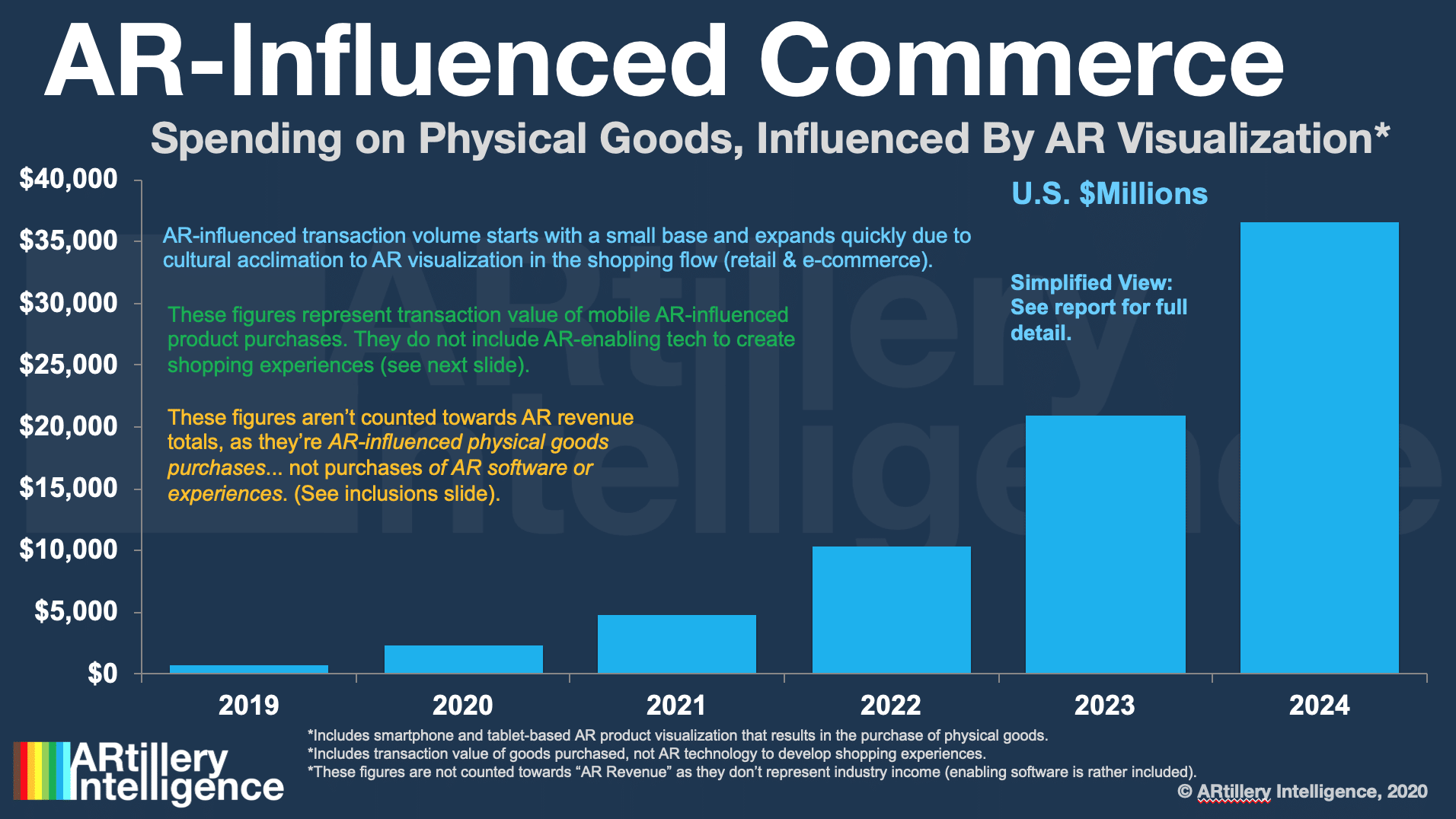
 Data Dive is AR Insider’s weekly dive into select spatial computing figures. Running Mondays, it includes data points and strategic takeaways. For an indexed library of data, reports, and multimedia, subscribe to ARtillery Pro.
Data Dive is AR Insider’s weekly dive into select spatial computing figures. Running Mondays, it includes data points and strategic takeaways. For an indexed library of data, reports, and multimedia, subscribe to ARtillery Pro.
Proof points for AR’s efficacy as a shopping tool continue to roll out. We’ve been hearing this rallying cry for AR commerce for a few years, but it takes on new meaning during Covid-era retail lockdowns. The virtues of visualizing products remotely in 3D are suddenly amplified.
Panning back, pandemic-induced global lockdowns are having a polarizing effect on businesses, as we’ve examined. Some sectors grow (gaming, eCommerce), while others plummet (bars, events). AR lenses are in the former bucket for both practical and recreational reasons.
Practicality drivers include commerce-enablement, as noted. Recreational drivers are AR’s escapism and whimsy. Moreover, they’re tied to an area that sees Covid-era inflections: digital communications. These factors boost the AR lens growth that was already underway.
Among these use cases, commerce-related AR continues to expand. It’s not a silver bullet that applies across all consumer goods, but it’s showing early applicability to fashion, food and home appliances. We’ll see that continue to expand into everything from TVs to luggage.
Tangible Revenue Lift
The latest proof point comes from Samsonite’s eBags. Like Google Swirl, it lets shoppers visualize products in 3D and AR. Both modalities let users rotate and view products from all angles, but AR has the additional ability to activate the camera and place an item in your space.
eBags’ version of the latter is its “View in Your Room” web AR feature which has achieved 112 percent conversion deltas over non-AR benchmarks. Meanwhile, its 3D desktop version (non-AR) achieved an 81 percent conversion delta over Samsonite’s established benchmarks.
What’s important about these figures is that they’re not proxies for conversions, such as click-through-rates or dwell times (though the latter is an important metric for AR commerce). We’re talking tangible revenue lifts. eBags also reports that revenue per visit grew 87 percent with AR.
These metrics will continue to evolve to capture AR engagement, as we discussed recently with M7 Innovations. It will require a balance of new/native AR metrics and traditional ones that let advertisers benchmark against what they know. Meanwhile, revenue lift is a “universal” metric.

Covid-Induced Demand
As noted, the ability to visualize products in 3D assumes new value when we can’t see them physically in store aisles. In that way, AR offers the best of both worlds in being able to safely/remotely visualize products in 3D, while enjoying eCommerce convenience and pricing.
So it’s clear that AR’s value is elevated today. The bigger question is if the current period exposes the technology in ways that instill permanent consumer habits. In other words, will AR’s existing (and gradual) growth curve inflect and accelerate due to its Covid-era exposure?
All of the above informs the market sizing of our research arm, ARtillery Intelligence. Its latest AR revenue forecast estimates consumer spending on AR-influenced purchases to grow to $36 billion by 2024 (see above). This growth curve has been accelerated by Covid-induced demand.
To be clear, this isn’t “AR revenue” per se, but rather the global transaction value of goods purchased through, or influenced by, AR visualization. To put that into perspective, consumer spending in just the U.S. is $13 trillion. This means AR has ample headroom to grow into.
